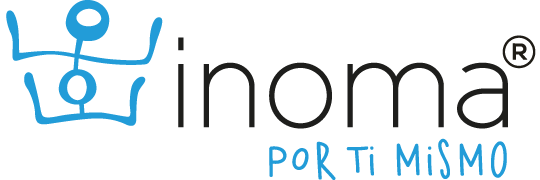We want to determine if our video games improve the academicals development in elementary school teachers.
We made a trial test in 43 public school (21 treatment schools and 22 control schools) in the conurbated zone of the City of Puebla with the participation of around 18,500 children. Our goal was to determine if our video games improve the academic development of elementary school students.
The project was directed to children from 3rd to 6th grade to reinforce their learning process, particularly in mathematical activities. We stratified public elementary schools by Enlace performance and socio economical level, measured by the degree of marginalization established by the National Institute of Statistics and Geography. WE had the participation of the Secretary of Education of Puebla, Freeman Spogli Institute (Stanford University), Iberoamerican University-Puebla, international academics and researchers (Ramona Pierson and David Huang), independent researchers (Pablo Peña-National Baking and Stock Commission, Armando Chacón -Mexican Institute for Competivity A.C. and Rafael CH-Development Research Center A.C). The Government of Puebla financed the study.
The use of video games was from February to March of 2012 with an effective use 2.5 months of playing. All the generated information was kept in a database. So with the information of the Enlace test of 2012, Armando Chacón and Pablo Peña with assessment of other independent researchers such as Rafael Ch- and people from Inoma, worked the analysis of the use of video games in the impact of the users educational performance. This analysis ended on April of 2013 and its main findings are:
Findings:
- With an average of 2.5 months of treatment, the games help improve academicals performance in children.
- The results were positive for players and are statistically significant: the impact is greater in children of lower social scale and for those who ha a better performance at the beginning of the trial.
- The improvement is given in at least 0.12 standard deviations, comparable to improve in children who have a good teacher.
- An investment of one dollar per students (not considering connectivity)–which is the price to operate the project– results in an imporvement of 6.5% in academicals performance (0.12 standard deviations) after using it for only three months.
- The expected maximum impact is of an increase o 17% in academicals development (0.5 standard deviations on average), and in the most disadvantaged cases up to 34% (1 standard deviation); as long as the use increases.
The website used for the trial, visit: www.muchosretos.com which today redirects to Inoma’s site www.taktaktak.com.















